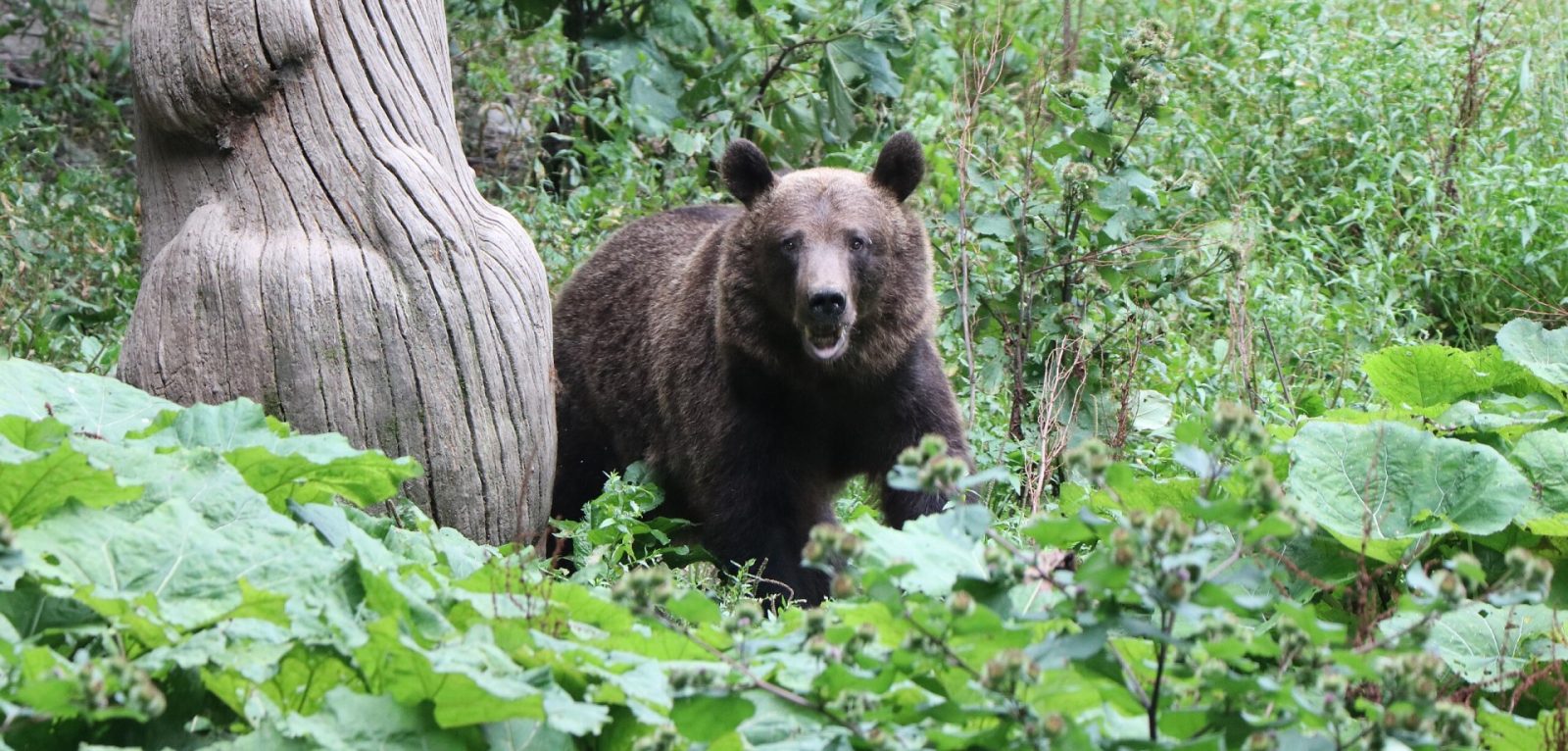
Romania
Romania is a country that is similar in size to the UK and is the 12th largest in Europe. Despite this, it has a wealth of wildlife, partly as a result of 35% of it being covered by the Carpathians.
Wolves are found throughout the Romanian Carpathians and the surrounding area consisting of about 50% of the countries area. Despite this, wolves are not easy to see on a visit.
Romania is a stronghold of bears in Europe, partly because during the Communist era, only high ranking people were allowed to hunt them. About 5000 live here, or roughly 35% of the European bear population outside Russia.
Lynx are also found throughout the Romanian Carpathians, and are thought to number about 2000
Bison were locally extinct from about the 1800, but have been reintroduced in the Tarcu Mountains (part of the Carpathian great arc and lying in the South West of the country, and currently have a population of about 105.
Links to areas to visit will appear below our list of news from the country.
Electric car myths: Mike Parry spouting rubbish to Jeremy Vine – Useful as the electroheads do a good job of putting it right (if your hesitant to buy an electric car – this should help)
- Tim
- July 10, 2024
Should wolf hunting return to Western Europe?
- Tim
- March 28, 2024
Should wolves in Europe have their conservation downgraded? Are they really stable enough to be hunted again
- Tim
- March 22, 2024
Europe is heading towards it net zero goal but electric car costs might be a stumbling block
- Tim
- September 12, 2023
Does the wolf belong in Germany? Not according to the CSU
- Tim
- May 24, 2023
Hello – I am back. Wildlife trip watching Cantabrian bears
- Tim
- June 27, 2022
Should the lynx return to the wild in the UK?
- Tim
- August 18, 2021
Whipsnade zoo shoots two Bears after they escape
- Tim
- May 24, 2021
A second attempt to introduce lynx into Northumberland is being proposed
- Tim
- February 20, 2021
Do we have a moral responsibility has humans to return wild animals that we have pushed to extinction back into former habitats
- Tim
- September 3, 2020
The death of 3 Marsican bears
- Tim
- January 23, 2019
Collapse of the far Eastern Steppe ecosystem and what is being done to help its recovery
- Tim
- April 24, 2018
Predator recovery across Europe – Part 3 – Lynx
- Tim
- March 25, 2018
UK extinct species and imported species – Part 2
- Tim
- March 17, 2018
- 2